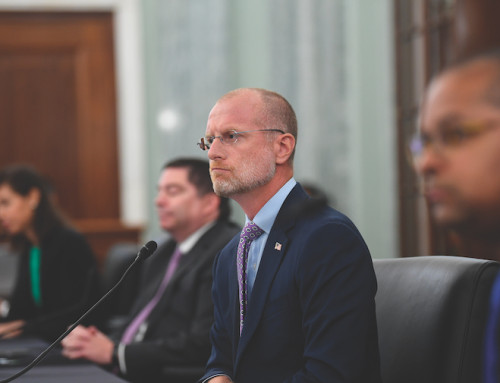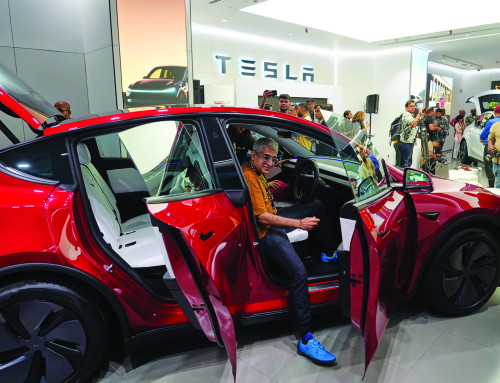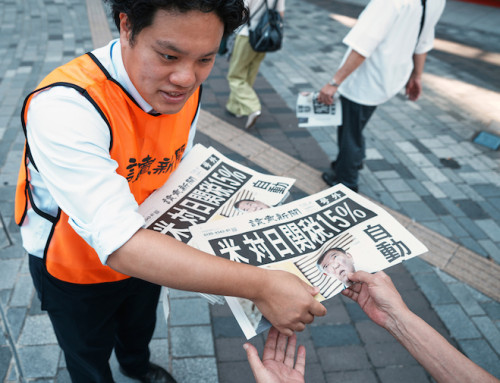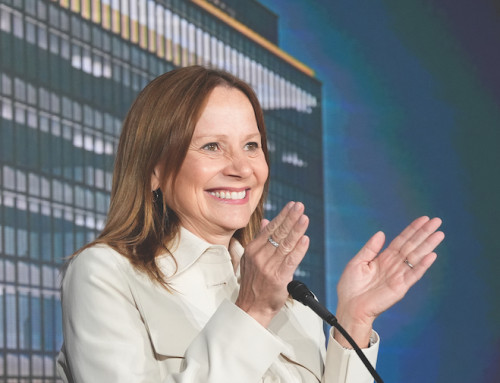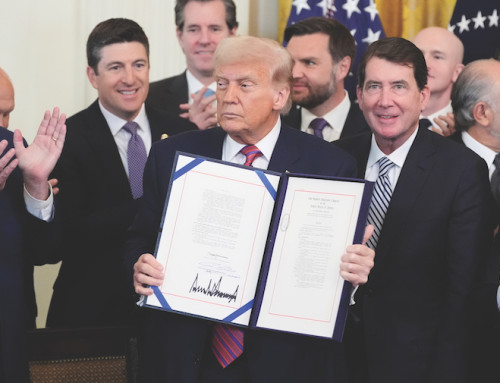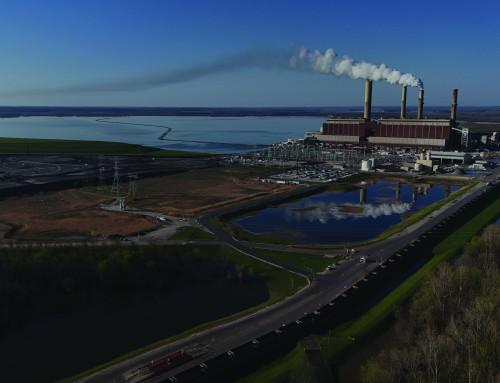WASHINGTON (AP) — American automakers are concerned about President Donald Trump’s agreement to tariff Japanese vehicles at 15 percent, saying they will face steeper import taxes on steel, aluminum and parts than their competitors.
“We need to review all the details of the agreement, but this is a deal that will charge lower tariffs on Japanese autos with no U.S. content,” said Matt Blunt, president of the American Automotive Policy Council, which represents the Big 3 American automakers: General Motors, Ford and Jeep-maker Stellantis.
Blunt said in an interview the American companies and workers “definitely are at a disadvantage” because they face a 50 percent tariff on steel and aluminum and a 25 percent tariff on parts and finished vehicles, with some exceptions for products covered under the United States-Mexico-Canada Agreement that went into effect in 2020.
The domestic automaker reaction reveals the challenge of enforcing policies across the world economy, showing that for all of Trump’s promises, there can be genuine tradeoffs from policy choices that risk blowback in politically important states such as Michigan and Wisconsin, where automaking is both a source of income and of identity.
Trump portrayed the trade framework as a major win after announcing it last week, saying it would add hundreds of thousands of jobs to the American economy and open the Japanese economy in ways that could close a persistent trade imbalance. The agreement includes a 15 percent tariff that replaces the 25 percent import tax the Republican president had threatened to charge starting on Aug. 1. Japan also would put together $550 billion to invest in United States projects, the White House said.
The framework with Japan will remove regulations that prevent American vehicles from being sold in that country, the White House has said, adding that it would be possible for vehicles built in Detroit to be shipped directly to Japan, ready to be sold.
Yet Blunt said that foreign auto producers, including the United States, Europe and South Korea, have just a 6 percent share in Japan, raising skepticism that simply having the open market that the Trump administration says will exist in that country will be sufficient.
“Tough nut to crack, and I’d be very surprised if we see any meaningful market penetration in Japan,” Blunt said.
Major Japanese automakers Toyota, Honda and Nissan did not immediately respond to a request for comment on the trade framework, nor did Autos Drive America or the Alliance for Automotive Innovation, organizations that also represent the industry.
There is the possibility that the Japanese framework would give automakers and other countries grounds for pushing for changes in the Trump administration’s tariffs regime. The president has previously said that flexibility in import tax negotiations is something he values. The United States-Mexico-Canada Agreement is up for review next year.
Ford, GM and Stellantis do “have every right to be upset,” said Sam Fiorani, vice president at consultancy AutoForecast Solutions. Yet “Honda, Toyota and Nissan still import vehicles from Mexico and Canada, where the current levels of tariffs can be higher than those applied to Japanese imports. Most of the high-volume models from Japanese brands are already produced in North America.”
Fiorani noted that among the few exceptions are the Toyota 4Runner, the Mazda CX-5 and the Subaru Forester, but most of the other imports fill niches that are too small to warrant production in the United States.
“There will be negotiations between the U.S. and Canada and Mexico, and it will probably result in tariffs no higher than 15 percent,” Fiorani added, “but nobody seems to be in a hurry to negotiate around the last Trump administration’s free trade agreement.”



